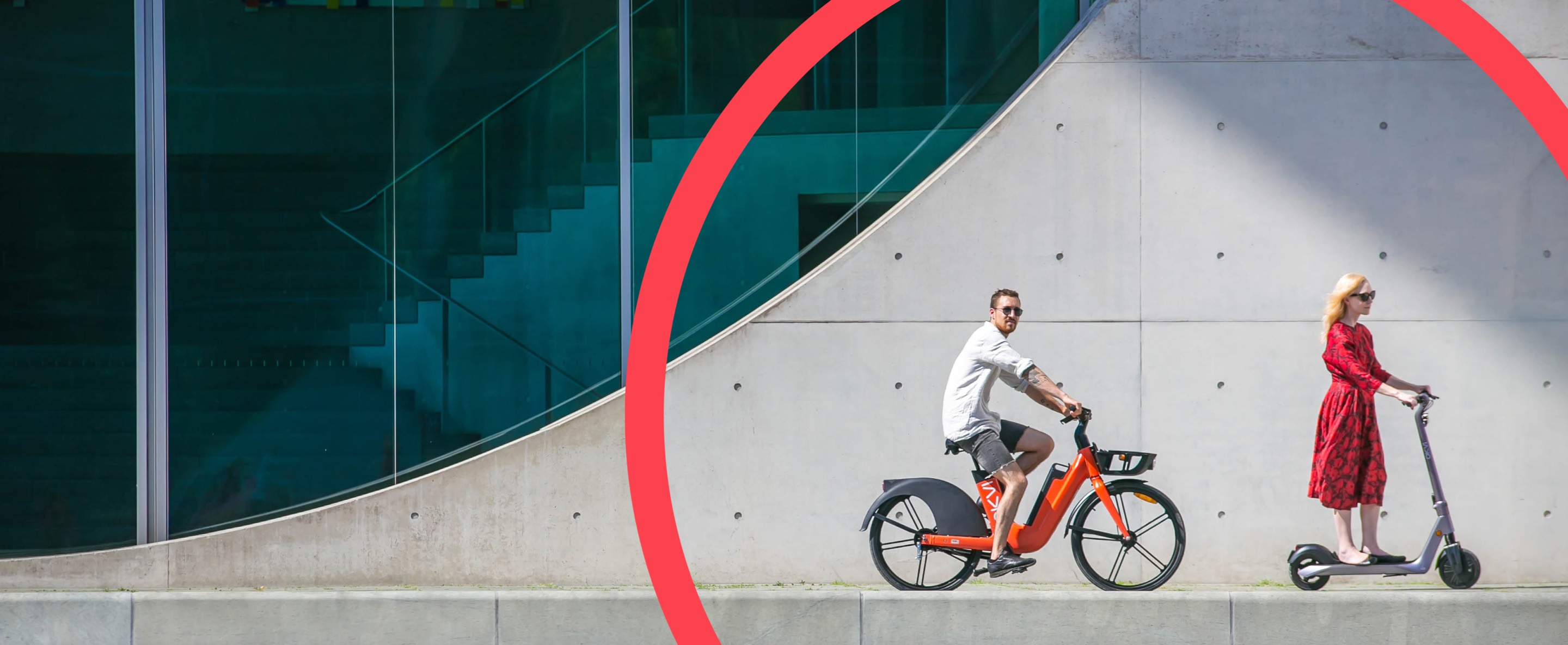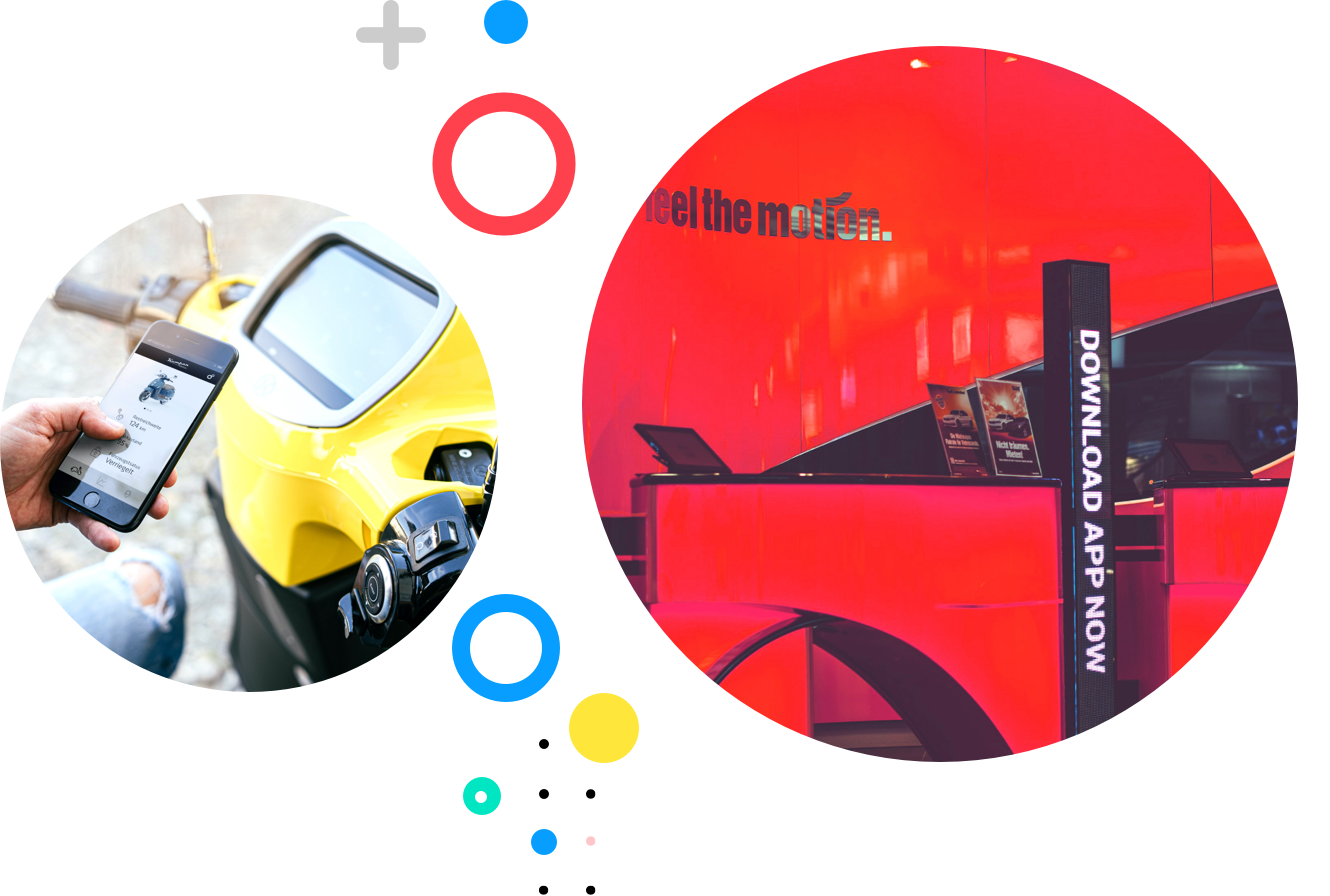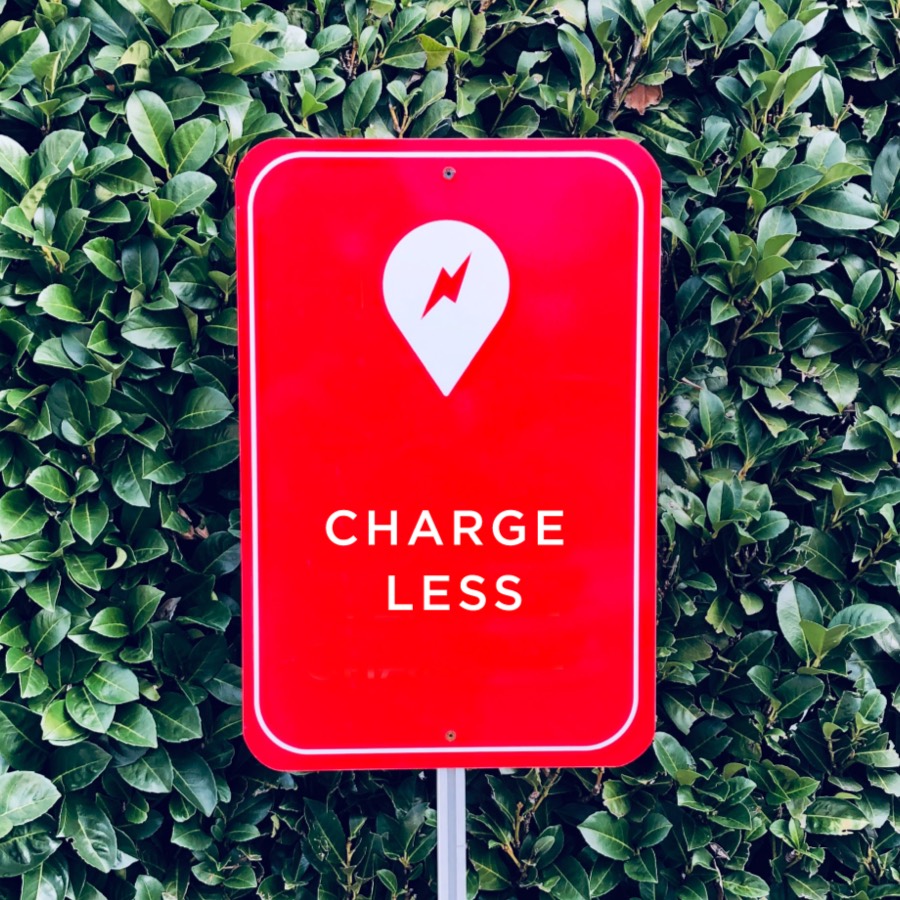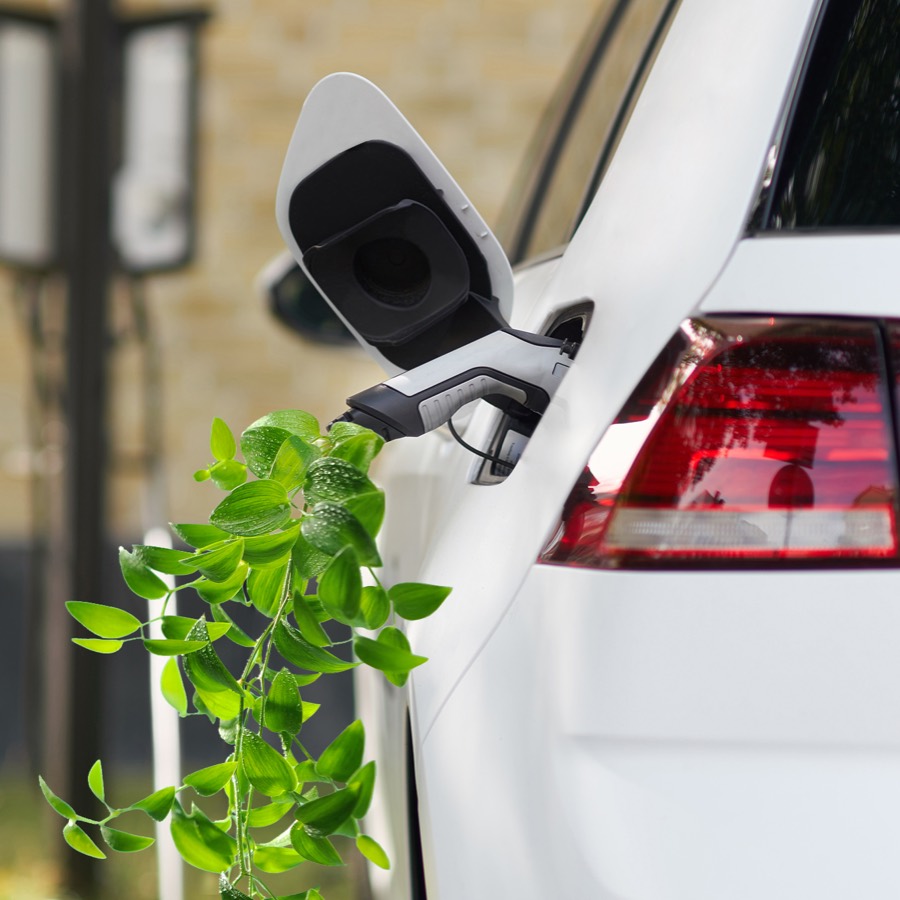For Gen Z, the car is no longer the means of choice when it comes to getting from A to B, but rather one option among many. While the baby boomers helped define car culture as we know it, Gen Z is creating an entirely new mobility culture. Automakers and mobility providers will need to adapt to the demands of these coming-of-age digital natives.
From ownership to usership
In the age of the subscription model, of Netflix and Spotify, almost everything is shared rather than possessed. This trend is also reflected in how we get around – the industry is seeing a significant shift from mobility ownership to usership. In the UK, for example, the number of young adults (aged 17 to 20) with drivers’ licenses has fallen by 40 percent since the 1990s. The car is increasingly losing its importance as a status symbol, especially for Gen Z. This comes down to a variety of reasons, with one main factor being cost – with rising living expenses, many young adults simply can’t afford to buy a car. Location also plays a part: a larger proportion of Gen Z live in urban areas, where cars are less necessary. Third, younger generations are choosing to start families much later than their parents and grandparents, reducing the logistical need for a vehicle.
Digitization and the emergence of new mobility services are also influencing this shift. Ridesharing providers like Uber and Lyft, last-mile products such as e-scooters and on-demand services are increasingly changing mobility, albeit mainly in cities, and are closing the last gaps in the public transport infrastructure. Growing environmental awareness among young people also plays a significant role in choice of transport, as sustainability proves to be a primary concern for this generation, making the ecological digitization of mobility an increasingly interesting concept.
Gen Z live their lives online. They prefer to switch between digitally offered mobility solutions on an ad hoc basis, with transportation options permanently at their fingertips. This explains why the market share of new mobility providers is growing rapidly. Innovative business models in the form of integrated apps that include services such as public transport, car sharing, taxi services, rental bikes, scooters and others, are the financially more attractive option for many Gen Zers, and at the same time, are better combined with their interest in environmental protection.















